Echoes of Ancient Lands
Lepakshi Andhra Pradesh India
Mother Masala Tours
Echoes in Stone
Lepakshi Andhra Pradesh India. We are about to step into a place of profound history, a site that tells tales from the heart of Andhra Pradesh. The story begins long before the grand Vijayanagara Dynasty, but it was under their patronage in the 16th century that this location truly found its form. Commissioned around 1538 CE by the brothers Virupanna and Viranna, who served King Achyutaraya, this complex became a testament to faith and artistry. The name itself, meaning "Rise, Bird," is born from the legend tied to the epic Ramayana and Jatyu, adding a layer of mystical significance to the already substantial edifice.
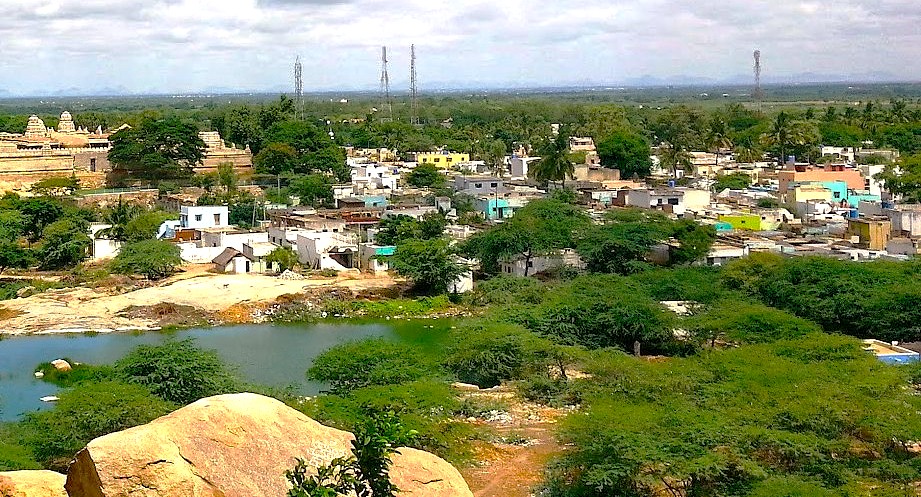
Lepakshi Andhra Pradesh India: Timeless Artifacts
Within this hallowed ground, we find a collection of meaningful items and areas that create a truly unique atmosphere. The main temple is a composition of mandapas, or halls, each filled with sculptures and pillars. We see a giant sculpture of Nandi, the bull, carved from a single granite stone, a testament to the skill of its creators. The framework of these spaces guides us through stories carved in stone, creating a peaceful and reflective mood as we move through them.
Ancient Mosaics: Impeccable Craftsmanship
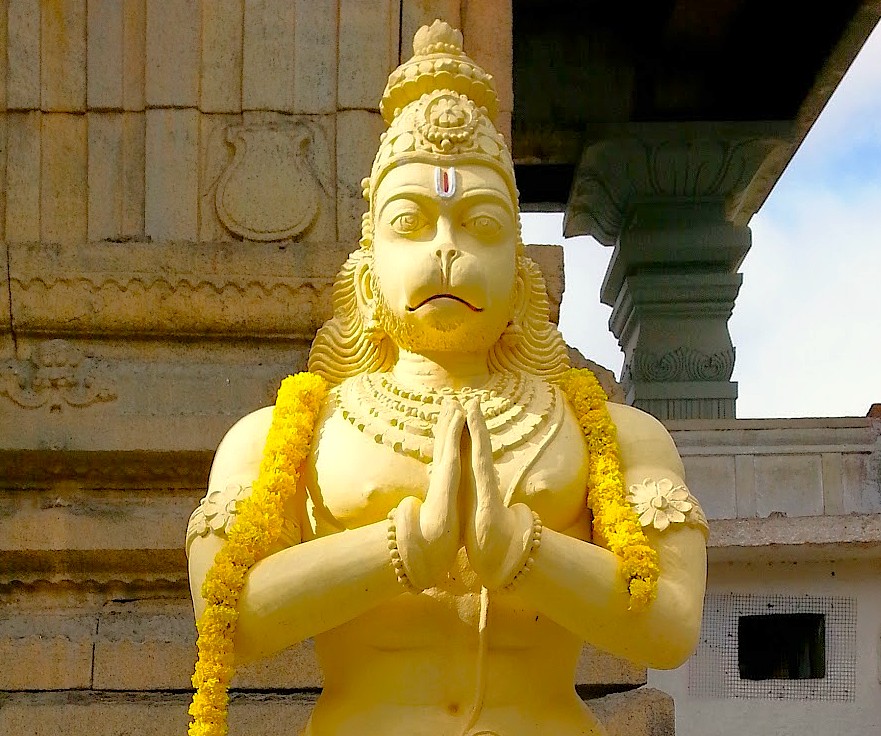
The artistry on display at Lepakshi is nothing short of sophisticated. During the 16th century, under the Vijayanagara Empire, the governors Virupanna and Viranna oversaw a team of artisans who brought the stone to life. When you look up, you will see incredibly detailed murals covering the ceilings. Created with natural vegetable and mineral pigments, these well-preserved frescoes depict dramatic scenes from Hindu epics like the Ramayana and Mahabharata. The refined carvings on the monolithic pillars are equally stunning, showing an incredible level of detail. You'll find life-sized figures of dancers, musicians, and deities, each one a masterpiece of sculpture.
The Pulse of the Local Community
Lepakshi Andhra Pradesh India. The people in the area surrounding this historical site possess a warm and welcoming spirit. Their daily lives are intertwined with the legacy of the temple, and they carry a deep-seated pride in their heritage. As we interact with them, you will notice a genuine friendliness and an open-hearted nature. They are accustomed to people from all over who come to see the building design, and their hospitality makes the entire experience feel more personal and engaging.
Capturing the Magic: A Photographic Haven

For us, Lepakshi is an amazing photographic opportunity, a place where history and artistry converge. The famous hanging pillar, which barely touches the ground, offers a fantastic subject; we will definitely want to capture the classic shot of passing a thin cloth underneath it. Inside the main halls, the play of natural light and shadow across the intricately detailed pillars creates a mystical atmosphere perfect for dramatic compositions. Just a short distance away, the massive monolithic Nandi statue provides a stunning subject against the open sky, its sheer scale offering a powerful image.
A Culinary Journey: Savor the Flavour
We will get to try the local Rayalaseema cuisine, known for its bold flavors. A classic dish is Ragi Sangati, a nutritious ball made from finger millet flour and rice. It is prepared by cooking the millet flour into a thick, smooth consistency and is traditionally served with a spicy curry like "natu kodi pulusu" (country chicken curry). Its fame comes from being a staple food that provides sustained energy, a true taste of the region's culinary roots.
Serendipitous Meetings: Beyond the Main Path
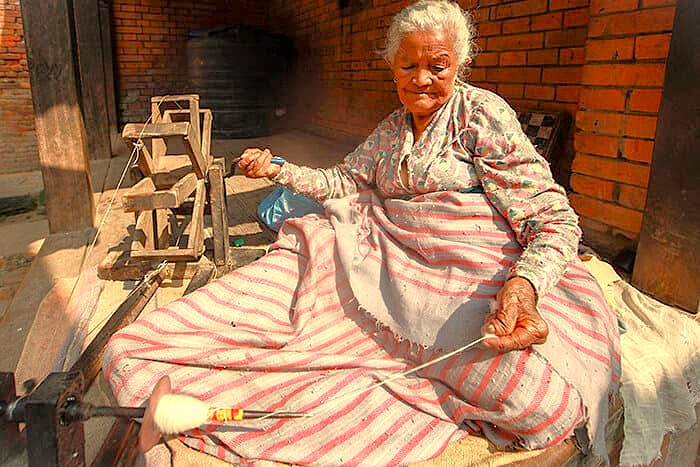
As we wander the relaxed streets of the nearby town, we will find it is an engaging place full of life and activity. We might see local artisans practicing their crafts, with skills passed down through many generations. There could be small, occupied workshops where talented weavers create beautiful handloom sarees, or where potters shape clay on their wheels with impressive speed and precision. These spontaneous encounters offer us a truly authentic glimpse into the daily life and traditions of the community. It’s these moments that we connect with the heart of the area.
Festivals of Devotion: Honouring the Sacred and the Divine
Lepakshi Andhra Pradesh India. The most important activity here is the festival of Maha Shivaratri, typically held in February or March. During this time, the temple becomes a lively center of devotion honouring Lord Shiva. People from all around gather for an all-night vigil, offering prayers and participating in rituals. This event, centered around the main deity Veerabhadra, transforms the peaceful grounds into an energetic hub of spiritual activity, creating a truly spellbinding atmosphere for all of us to witness.
The Connection With the Gods
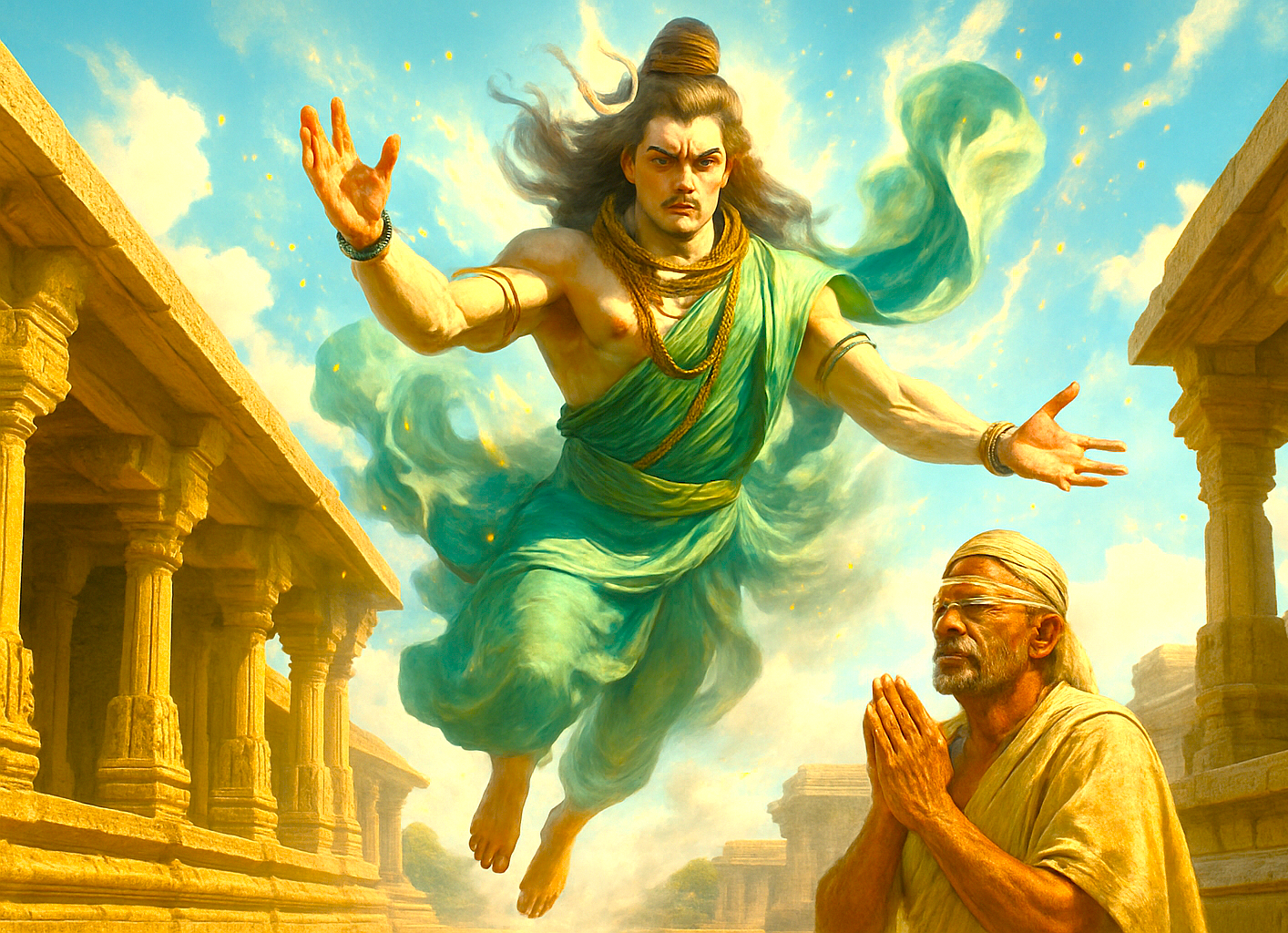
The primary deity of this temple is Veerabhadra, a fierce form of Shiva. This powerful presence welcomes all who visit, embodying both strength and divine protection. The story involves Virupanna, a devoted builder. It is said that he utilized state funds for the temple's construction, a decision made without the king's direct permission. This act of faith, however, led to profound personal sacrifice. In a dramatic act of self-punishment for his perceived transgression against royal authority, Virupanna chose to blind himself. Visitors today can still see two dark, poignant stains on a western wall, believed to be his own blood marks.
Ancient Technologies: Sacred Sound, Geometry & Astrological Influences
The construction and composition of this temple incorporate principles of Vastu Shastra and sacred geometry, designed to create a specific energy. While the application of Solfeggio frequencies isn't a documented part of its original construction, the precise stone framework and hall dimensions create unique acoustics. The structure's careful alignment and use of granite, a crystalline material, would have been intended to create a peaceful and spiritually resonant atmosphere for chants and ceremonies, focusing the collective energy of those within.
Resilience and Renewal: Overcoming Adversity’s Challenges
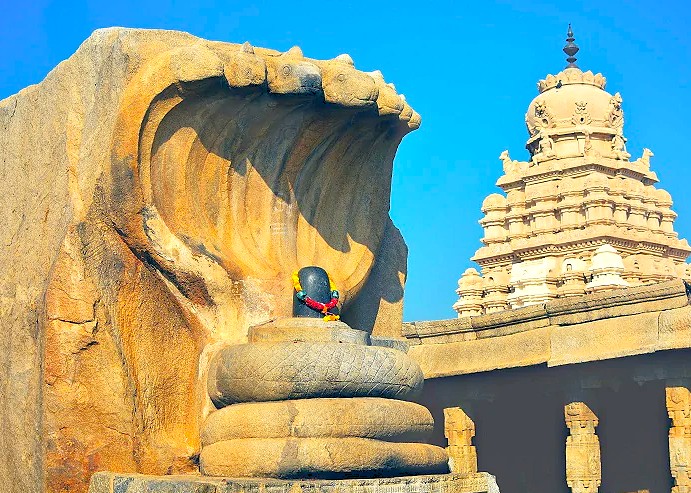
This important structure has witnessed substantial historical shifts. After its construction, the great Battle of Talikota in 1565 CE led to the decline of the Vijayanagara Dynasty that had been its patron. This pivotal event plunged the region into a period of uncertainty and upheaval. However, the temple and the local community endured through this difficult time. They managed to preserve the notable edifice and its cherished traditions, a true testament to their collective resilience and spirit. It was their dedication that protected this heritage. This triumph over adversity has allowed the site to remain a meaningful center of culture.
Urban Legends: Strange Sightings, Myths and Mysteries
Lepakshi Andhra Pradesh India. The most notable legend is that of the hanging pillar. One of the many pillars in the main hall does not rest fully on the ground, and it is possible to pass thin objects under it. The story says that a British engineer in the early 20th century tried to "fix" it, causing other pillars to shift, and he quickly gave up. This architectural phenomenon remains a fantastic mystery, adding to the mystical mood of the entire edifice.
Be a Part of this Incredible Journey - You’re Invited, Experience It with us
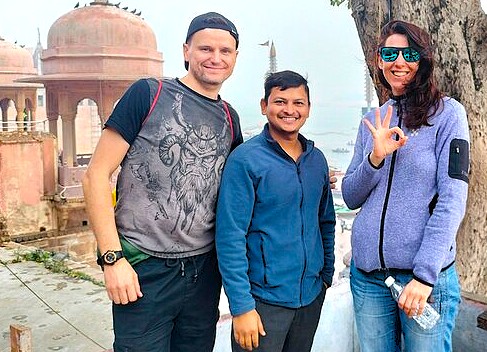
We are heading into a place of deep stories and amazing sights, and we want you to be a part of it. This isn't just about seeing a place; it's about feeling its pulse and connecting with its centuries-old narrative. Imagine walking ancient paths, each step revealing layers of history and spiritual significance. We will explore its halls, discover its intricate details, and truly understand how it came to be. This journey is an opportunity to immerse ourselves in a living heritage, witnessing the artistry and dedication that shaped it. It's an invitation to join a collective experience, where moments are shared.
Symphony of Generosity: Offerings from Wanderers to Residents
Our presence here creates a meaningful exchange. The financial support from our visit helps with the upkeep of this important heritage site and supports the local economy, benefiting the families of artisans and guides. In return, we receive something invaluable: a deep connection to history, a peaceful atmosphere for reflection, and the warmth of the local community. This reciprocal relationship ensures that the legacy of this place continues to thrive, enriching both us and the residents.